EV charging in the interval between errands. aima CHARGE
- Miki Kurita
- Kengo Ushida
- Takeshi Suzuki
- Chihiro Fujimoto

With the aim of carbon neutrality, Japan set the goal to achieve 100 percent electrified vehicles in new passenger car sales by 2035. The proliferation and expansion of the EV charging infrastructure is essential for the proliferation of electric vehicles (hereinafter referred to as “EV”), and the Ministry of Economy, Trade and Industry set the goal of building 300,000 EV charging equipment by 2030.
Takaoka Toko announced that the widely adopted EV quick charger series would be deployed as the new brand SERA. Furthermore, in collaboration with Park24 Co., Ltd., and Times24 Co., Ltd., we began a demonstration experiment for the "aima CHARGE" EV charging service at the pay-by-the-hour Times Parking in July 2024. To enhance the convenience of the charging service with an eye toward the proliferation of EVs, we are conducting a variety of validations.
(The "aima" in aima CHARGE means "the interval between errands.")
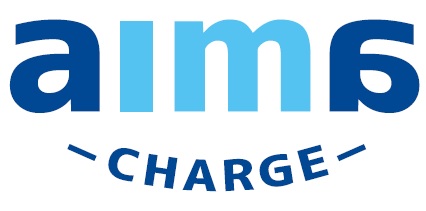
Technology
EV charging service in accordance with usage-based billing using the medium-capacity quick charger
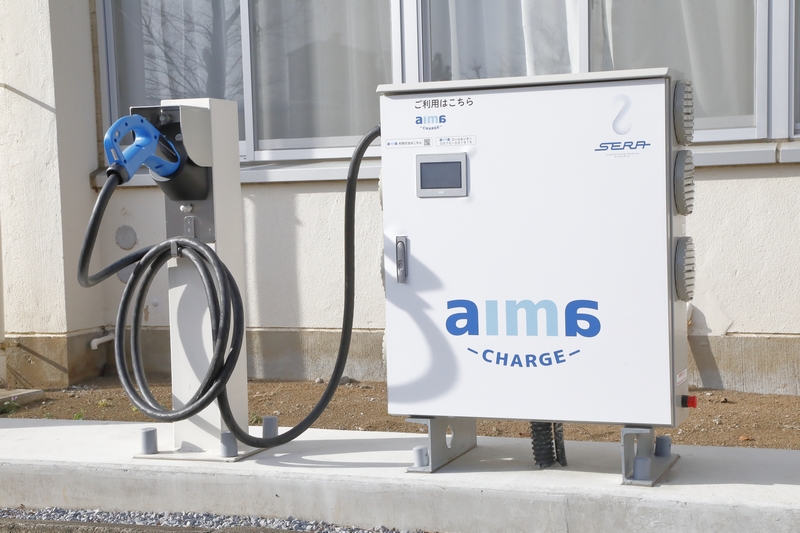
As for the quick charger (50 kW or more) installed at SA/PA on the expressway or commercial facilities, the single charging time is generally set to 30 minutes, and after charging, the EV must be moved for the next user. On the other hand, for a normal charger (approximately 3 to 6 kW) frequently installed in the home, charging is insufficient for several hours on the go.
The SERA-15 medium-capacity quick charger developed by Takaoka Toko in 2022 features a maximum output of 15 kW, which provides faster charging than normal chargers that output approximately 3 to 6 kW, and is suitable for use in a parking place for one to four hours. In addition, the main body of the charger has the most advantageous feature of being unprecedentedly thin with a thickness of 200 mm, and wall-mounted type. This is suitable for installation in a limited space. (The unity can be installed in a place without a wall by using the self-supported stand.)
The aima CHARGE, utilizing the features of SERA-15, offers a usage-based billing service for payment of the price for the amount of charged electric power for EV users who wish to charge the vehicle while parking for one to four hours on the go. Moreover, the smartphone application allows activation of the charging operation and the checking of the amount of charged electric power.
Profile
-
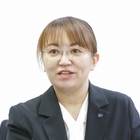 Miki KuritaGX Solution Business Division
Miki KuritaGX Solution Business Division
EV Infrastructure Business Office -
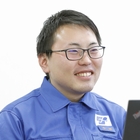 Kengo UshidaGX Solution Business Division
Kengo UshidaGX Solution Business Division
System Solution Development Department
Development Group -
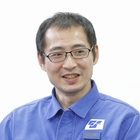 Takeshi SuzukiGX Solution Business Division
Takeshi SuzukiGX Solution Business Division
System Solution Development Department
Development Group -
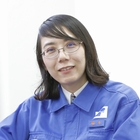 Chihiro FujimotoStrategic Technology Institute
Chihiro FujimotoStrategic Technology Institute
Research & Development Center
ICT Technology Group
Background to the development of the EV charging service leveraging the charge time of the medium-capacity quick charger
KuritaThe EV Infrastructure Business Office where I am assigned is the sales department for the quick charger. I am responsible for public relations related to the quick charger and provide support for exhibitions.
SuzukiI worked on the SERA-15 for use in the aima CHARGE as part of the development group. As for the aima CHARGE, I was mainly responsible for changes to the SERA-15 software and the addition of the network communication part.
UshidaI was responsible for the hardware design. I designed the new equipment for connecting the SERA-15 to the charging service for the aima CHARGE.
FujimotoI was involved in the development of the EV infrastructure business at the Strategic Technology Institute in cooperation with the GX Solution Business Division. By using the experience of the joint development of the usage-based billing service with another company, I mainly considered the specifications and introducing the application in order to apply the SERA-15 to the aima CHARGE.
KuritaTakaoka Toko manufactured and sold a variety of quick chargers. We will take action for not only sales of the products but charging service deployment using the existing product lineup. As one of our efforts, we announced our quick charger series as the SERA brand.
EV charging typically takes 30 minutes using a quick charger with a large capacity of 50 kW or more at SA/PA on the expressway or commercial facilities or more slowly at night at home using a normal charger with a capacity of 3 to 6 kW.
The aima CHARGE service that we provide is invented on the basis of the hypothesis that installing the SERA-15 (15 kW) intermediate capacity quick charger in a place for 1 to 4 hours of use will support the same degree of charging time and will enable appropriate charging while the vehicle is parked, which offers greater convenience.
On that hypothesis, we considered installing the SERA-15 in places where people are expected to stay for 1 to 4 hours, such as shopping malls, movie theaters, and sports gyms. We then initiated the demonstration test for the aima CHARGE in cooperation with Times24, which operates many parking facilities used by shoppers. The aima CHARGE, the service name, was derived from the concept of EV charging in the interval between errands.
SuzukiThe SERA-15 was targeted at the parking facilities of business operators at the beginning of development. Charging a vehicle while parked at business facilities requires no user authentication or billing because only the business personnel use the service. However, since aima CHARGE is used by different users in public areas, the network connection function has been added to the SERA-15 to support authentication and billing.
FujimotoWhen we were told about this charging service, the service was set to start in July 2024, so we need to be carried out according to a tight schedule in consideration of the development requirements. Members were selected on a company-wide basis, and the four members actually met during this interview for the first time.
SuzukiIn the joint development with members who usually worked at different workplaces or departments, we used a chat tool and advanced the development by sharing information.

Project member’s challenge to the aima CHARGE release
KuritaIn time with the release of the aima CHARGE set for July, we proceeded with the consideration of the name and logo, setup of the contact details, preparation of the website, and sales promotion in about February. As for the part assigned to me, the schedule from March to May was especially hard.
Takaoka Toko wants to increase the number of chargers it installs to meet user needs, but currently there are not enough. According to a sales representative from the division, EVs are not yet widespread, and in some cases, they are forced to abandon proposals due to incompatible installation locations.On the other hand, a SERA-15 strength for a proposal is that it can be installed in an available empty space without decreasing the parking capacity of a parking facility.
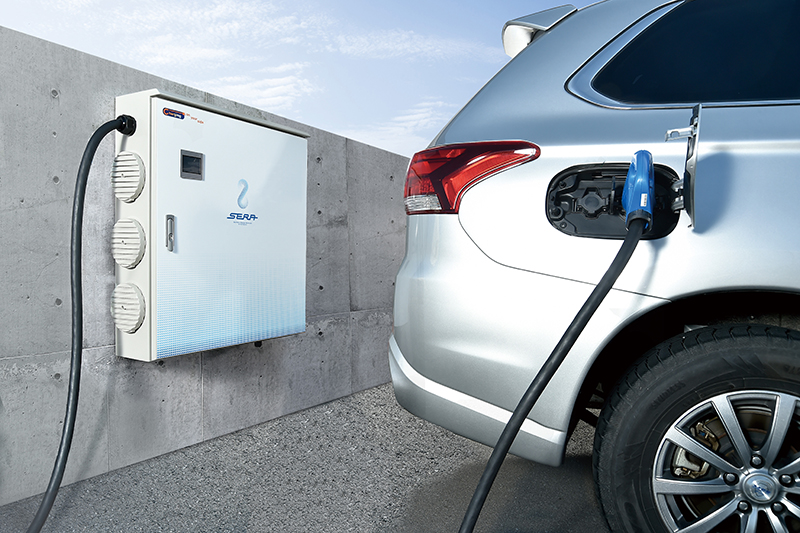
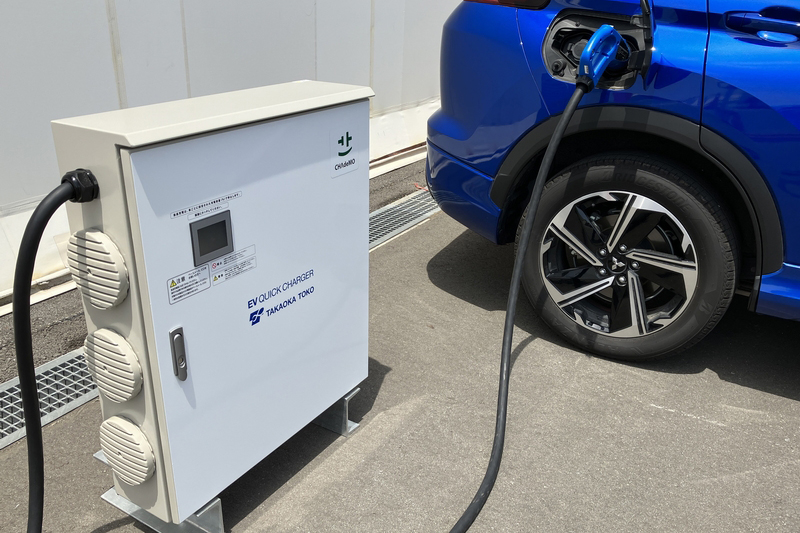
SERA-15 installable even in a limited space
FujimotoThe challenge in the part assigned to me was the introduction of the smartphone application for the first time as a service offered by Takaoka Toko. At first, we started to create a corporate account before the release of the application. Next, we submitted a request to examine the application to be released, but it was rejected many times. We interpreted the identified items written in English, worried about the remedy, and consulted with a subcontracting company on the application. It took a long time to complete the interactions because of the time difference and the perception gap in each country. Moreover, the application is not finished simple because it has been released. Since updates will be needed whenever we make functional improvements, changes in the regulations for each application store, and OS updates, the application must be followed up continually. I was solely responsible for application release; therefore, I felt the need to share the information within the department and prepared a manual.

SuzukiTo offer the charging service, our chargers must be connected to the charging services of other companies. This time, however, we had to develop our own charging service in parallel with the connection to the charging services of other companies, so we initially felt frustrated by the invisibility of the specific overview. The schedule was very tight, and the final form was ready for testing one month before its release.
The validation for ensuring the quality of the charging service was especially difficult. It is not enough to verify that the smartphone app works according to the manual; we also need to anticipate cases where the user performs irregular operations. Since the smartphone application can be operated flexibly, we needed time to identify all assumed patterns.
UshidaFrom the aspect of hardware, we manufactured two new products: the control box to control the charger, and the power-supply box to provide power. On the basis of a commercially available enclosure, the control box accommodates the communication equipment such as controller or router, and the power-supply box accommodates the meter for usage-based billing. To support the addition of functions in the future, we selected an enclosure in as compact a size as possible while remaining aware of expandability so as to accommodate additional equipment. It was my first time designing hardware from scratch, and the schedule was very tight, so it made me feel that I had a hard time of it. When I managed to make it to the shipment stage while taking opinions from senior staff, I felt relief.
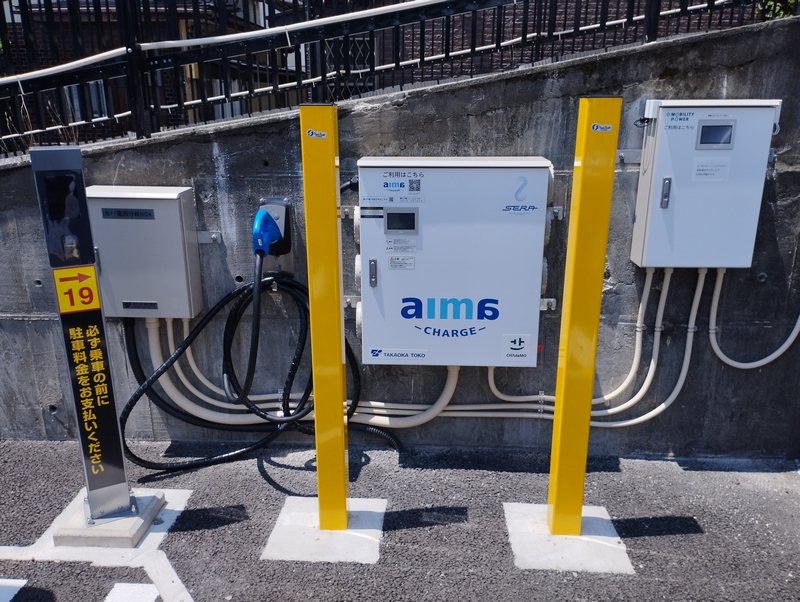
(Left) Power-supply box
(Center) SERA-15
(Right) Control box
Future prospect for service proliferation: Achieving carbon neutrality
KuritaFrom the start of the demonstration test onward, we received questions by inquiry form or telephone about how to use the equipment. The general manager of the department where I’m assigned periodically goes around Shibuya and Kawasaki and obtains valuable feedback from users. At present, the demonstration is within the range into which we can immediately respond in the case of a problem. However, after the official start of operations, we will not limit the service area to the suburbs of Tokyo, and we will eventually deploy the service throughout the country. We would like to use the data obtained in the demonstration for business deployment.
FujimotoWe have observed the data related to the amount of charged power so far. This is the first time that we analyzed the data related to human motion, such as the number of repetitions and the charge time. For example, from the information that a person having some errands to run near a station performs charging for two to three hours, we understand that such use is approximately equal to the needs of aima CHARGE.
SuzukiThe system can manage the utilization status and equipment status via the Web, and we periodically check the equipment. Through the development of this service, I began to think more deeply about the usage scenarios of end users, and I began to think more about ease of use from the user's perspective.
KuritaI would like to increase the number of aima CHARGE units introduced. The needs of customers should not be narrowed down to one pattern. I would like to collect a larger amount of data, including such regional characteristics as a parking facility near a station or a location distant from a station but with many stores in the area. In addition, if there are data that the operating rate of parking is raised by the introduction of aima CHARGE, it will also serve as a means to persuade parking lot owners to introduce aima CHARGE.
To understand how it is actually used, I would like to survey users directly on intended use on-site. At first, however, I wish to increase the number of opportunities of advertising the service via websites or advertisements. We will produce a service-introducing video soon.
SuzukiIf the visibility of aima CHARGE is increased as a service business, the service may be applied to SERA series units other than the SERA-15. I will be happy as development personnel if the sales volume of chargers increases by improving the added value.
UshidaI hope that participation in EV charging services will be a steppingstone to our goal of moving from selling things to selling experiences. At present, the aima CHARGE is at the stage of a demonstration experiment; however, I think the control box must be improved for mass production in the future. As hardware personnel, I would like to continue working for the manufacture of a modestly priced product with high quality.
KuritaIt seems that, as a service in the same business category, there is no other business operator offering a charging service at only 15 kW. I will be happy if at first the aima CHARGE is made known, which contributes to EV proliferation, resulting in realization of a carbon neutrality.
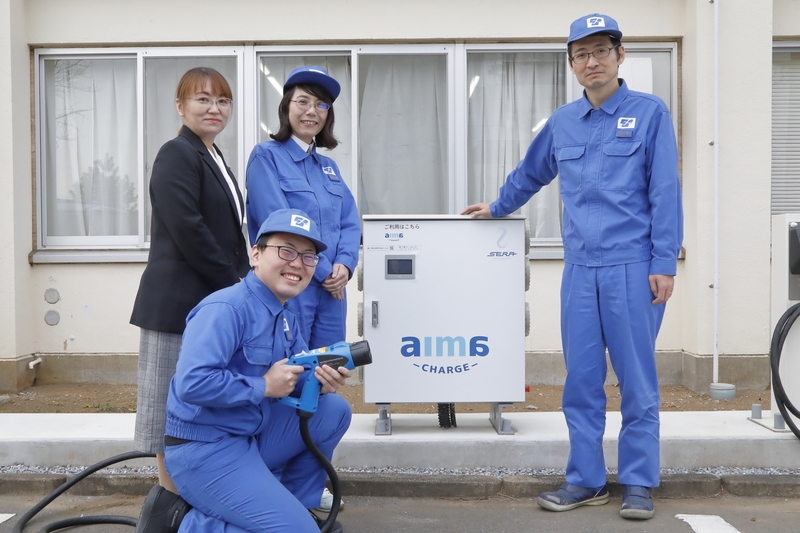
Latest articles
-
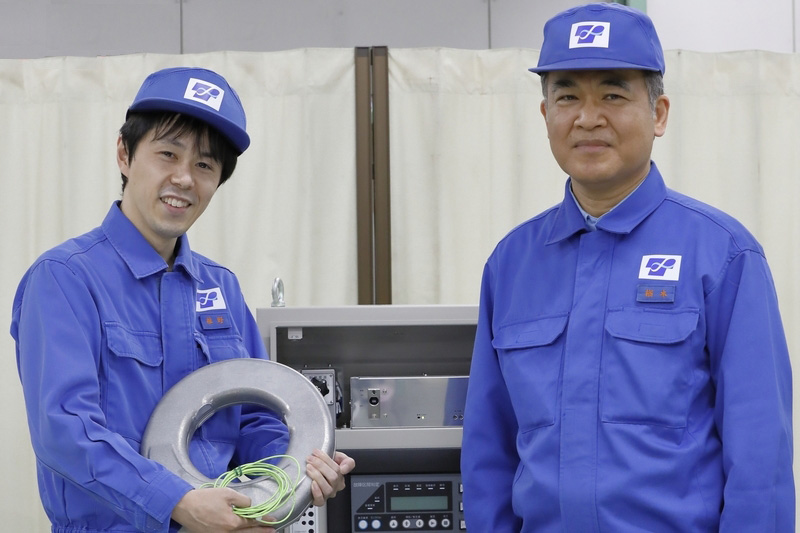 interviewDevelopment of a fault section detection system that enables rapid power restorationElectricity is essential in our lives. A number of substations through which electricity is provided from a power station to houses have a key role in the stable delivery of power.
interviewDevelopment of a fault section detection system that enables rapid power restorationElectricity is essential in our lives. A number of substations through which electricity is provided from a power station to houses have a key role in the stable delivery of power. -
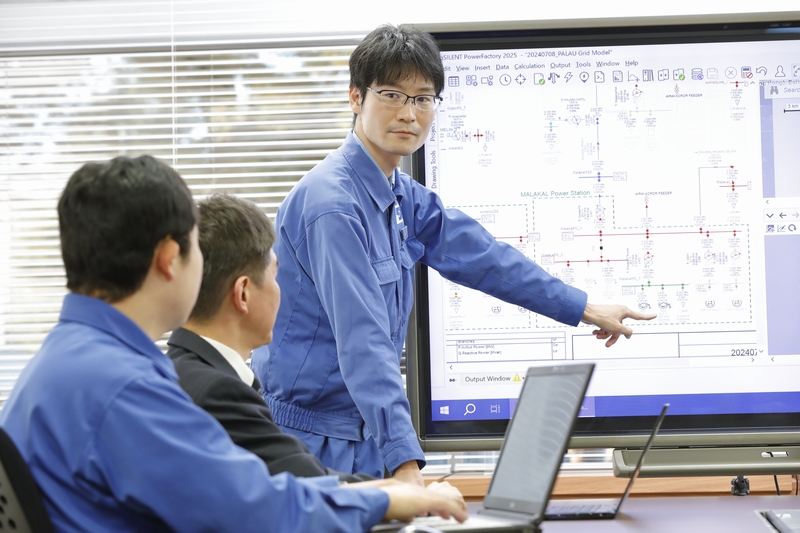 interviewPowerFactory—analytic technology underpinning the stable supply of electric powerIn Japan, the retail business of electric power became fully liberalized in 2016. Retail operators not only sell electricity but must also balance demand and supply as they relate to the electric power system (electric power grid from the power plant to the delivery of electricity to customers) to enable customers to reliably use electricity. In addition, renewable energy continues to be introduced through efforts to become carbon neutral by 2050, which is making it more difficult to maintain a balance between demand and supply. Thus, the need to engage in visualization to ascertain the flow of electricity through an electric power system is growing. Consequently, analytic software for electric power systems will play a role.
interviewPowerFactory—analytic technology underpinning the stable supply of electric powerIn Japan, the retail business of electric power became fully liberalized in 2016. Retail operators not only sell electricity but must also balance demand and supply as they relate to the electric power system (electric power grid from the power plant to the delivery of electricity to customers) to enable customers to reliably use electricity. In addition, renewable energy continues to be introduced through efforts to become carbon neutral by 2050, which is making it more difficult to maintain a balance between demand and supply. Thus, the need to engage in visualization to ascertain the flow of electricity through an electric power system is growing. Consequently, analytic software for electric power systems will play a role. -
 interviewEV charging in the interval between errands. aima CHARGEWith the aim of carbon neutrality, Japan set the goal to achieve 100 percent electrified vehicles in new passenger car sales by 2035. The proliferation and expansion of the EV charging infrastructure is essential for the proliferation of electric vehicles (hereinafter referred to as “EV”), and the Ministry of Economy, Trade and Industry set the goal of building 300,000 EV charging equipment by 2030.
interviewEV charging in the interval between errands. aima CHARGEWith the aim of carbon neutrality, Japan set the goal to achieve 100 percent electrified vehicles in new passenger car sales by 2035. The proliferation and expansion of the EV charging infrastructure is essential for the proliferation of electric vehicles (hereinafter referred to as “EV”), and the Ministry of Economy, Trade and Industry set the goal of building 300,000 EV charging equipment by 2030. -
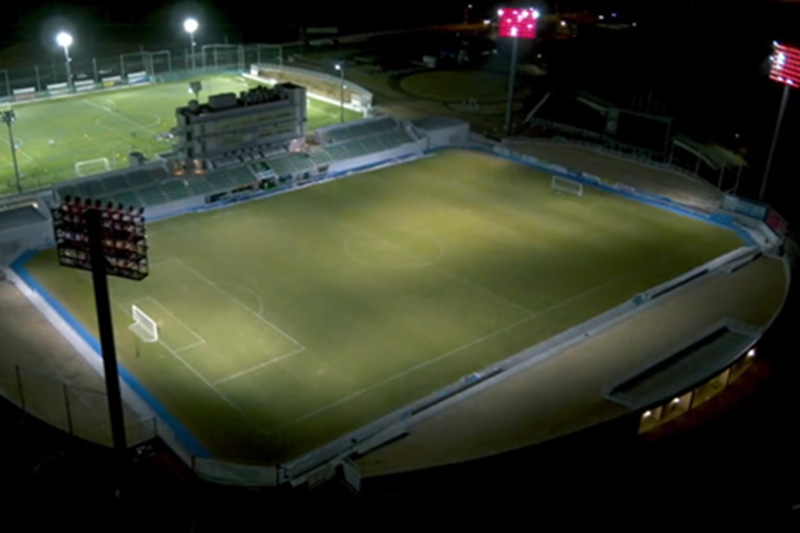 interviewProposal for new value via the first steel-tower-type full-color rendering illumination in JapanSince July in 2021, Prifoods Stadium in Hachinohe City, Aomori Prefecture has operated LED illumination equipment capable of the first steel-tower-type full-color light rendering in Japan. Takaoka Toko/Kyoya Denki/CADEC specific construction work consortium accepted an order for this equipment from Hachinohe City, and it was completed after nine months of work.
interviewProposal for new value via the first steel-tower-type full-color rendering illumination in JapanSince July in 2021, Prifoods Stadium in Hachinohe City, Aomori Prefecture has operated LED illumination equipment capable of the first steel-tower-type full-color light rendering in Japan. Takaoka Toko/Kyoya Denki/CADEC specific construction work consortium accepted an order for this equipment from Hachinohe City, and it was completed after nine months of work.
